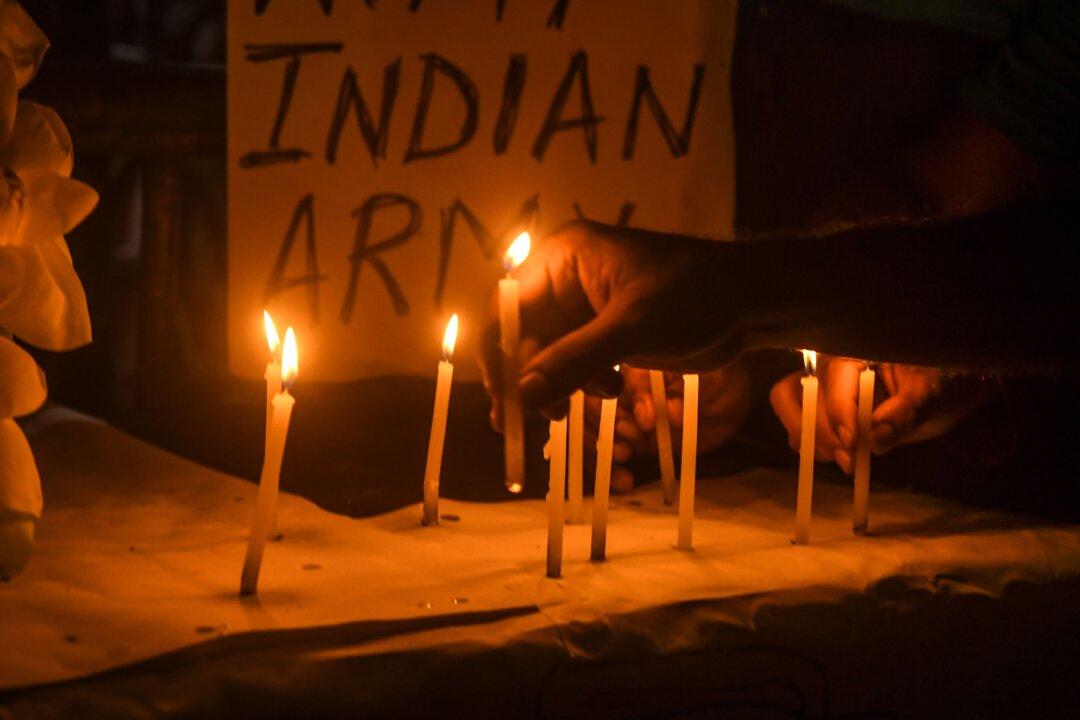The China and India border tensions recently intensified, leading to clashes that have resulted in casualties on both sides.
The Ladakh region in the Himalayas has been disputed by the two countries since 1962.

The China and India border tensions recently intensified, leading to clashes that have resulted in casualties on both sides.
The Ladakh region in the Himalayas has been disputed by the two countries since 1962.